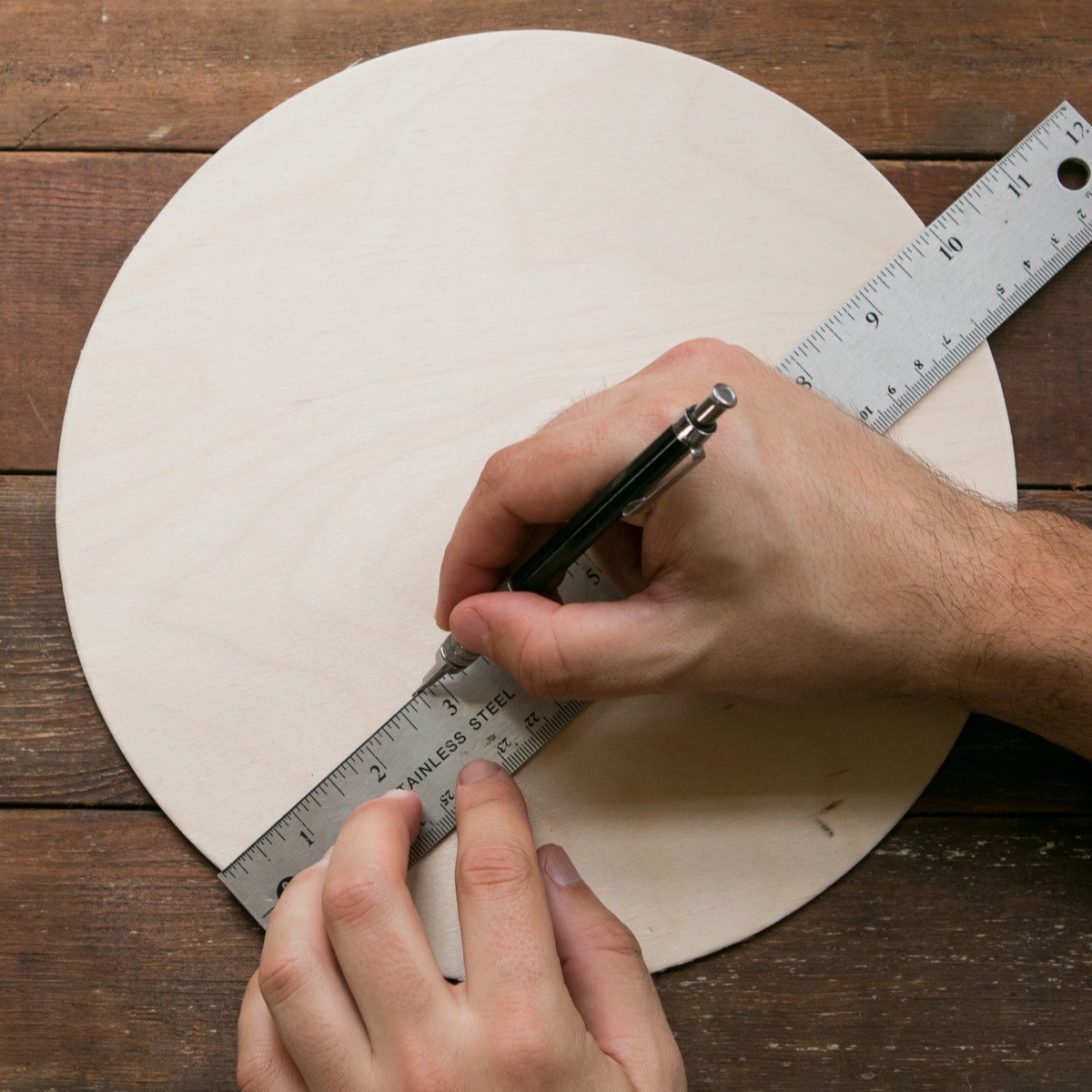

Articles
How To Find Center Of Circle Woodworking
Modified: December 7, 2023
Learn how to find the center of circle in your woodworking projects with our informative articles. Master the art of precision woodworking today!
(Many of the links in this article redirect to a specific reviewed product. Your purchase of these products through affiliate links helps to generate commission for Storables.com, at no extra cost. Learn more)
Introduction
Welcome to the world of woodworking! As a woodworker, you likely strive for precision and accuracy in your projects. One important aspect of woodworking is finding the center of a circle. Whether you’re making furniture, turning bowls, or carving intricate designs, knowing how to locate the center of a circle is crucial for achieving balanced and symmetrical results.
Locating the center of a circle allows you to accurately position holes, create accurate curves, and ensure that your designs are well-balanced. Fortunately, there are several methods you can use to find the center of a circle in woodworking, and in this article, we will walk through each method step by step.
Before we dive into the different techniques, it’s important to understand the concept of the center of a circle. The center of a circle is the point that is equidistant from all points on the circumference. When you locate the center, you can easily draw or position other elements of your project, such as drilling holes, carving patterns, or determining the radius of the circle.
Now that you understand the importance of finding the center of a circle let’s explore the various tools and methods you can use to achieve this in your woodworking projects.
Key Takeaways:
- Precision in woodworking relies on finding the center of a circle, crucial for balanced designs and accurate measurements, achieved through methods like using a compass, string, or square/triangle.
- Enhance accuracy by investing in quality tools, practicing on scrap wood, and considering a center-finding jig, ensuring visually appealing and structurally sound woodworking projects.
Understanding the Center of a Circle in Woodworking
Before we delve into the methods of finding the center of a circle in woodworking, let’s take a moment to understand why it’s essential and how it impacts your projects. When creating furniture, turning bowls, or designing intricate patterns, achieving symmetry and balance is crucial. The center of a circle acts as a reference point, allowing you to maintain proportional measurements and evenly distribute elements within your design.
Knowing how to identify the center of a circle ensures that your creations are visually appealing and structurally sound. It allows you to accurately position holes for dowels, screws, or other joinery methods. It also helps in cutting precise arcs or curves, making your project visually pleasing and professional-looking.
By locating the center, you gain control over the dimensions and proportions of your woodworking project. This knowledge opens up countless possibilities for creativity and design. Whether you’re working on a small box or a large piece of furniture, finding the center sets the foundation for a successful and visually balanced outcome.
When it comes to woodworking, precision is key, and understanding the center of a circle is an essential skill to have in your toolbox. With this knowledge, you can confidently tackle complex designs, create visually stunning pieces, and elevate your woodworking craftsmanship to the next level.
Now that we have a clear understanding of the importance of finding the center of a circle in woodworking, let’s explore the various tools and materials you will need to accomplish this task.
Tools and Materials Needed
Before you begin the process of finding the center of a circle in woodworking, it’s important to gather the necessary tools and materials. Here’s a list of items you’ll need to have on hand:
- Compass: A compass is a versatile tool that consists of two arms, one with a pointed end and the other with a pencil or pen holder. It allows you to create accurate circles and arcs, making it ideal for finding the center of a circle.
- String: A thin and flexible string is useful for one of the methods we will discuss later. Make sure the string is long enough to reach the edges of the circle you are working with.
- Square or Triangle: If you prefer to use a more basic tool, a square or triangle can be used to find the approximate center of a circle. While not as precise as a compass, it can still be effective for simpler projects.
- Pencil or Marker: Having a pencil or marker on hand allows you to mark the center point accurately and clearly on your woodworking project.
- Ruler or Measuring Tape: A ruler or measuring tape is useful for taking measurements and ensuring accuracy in your calculations.
- Woodworking Project: Of course, you will need a woodworking project that requires you to find the center of a circle. It can be anything from a small decorative item to a large piece of furniture.
Once you have gathered these tools and materials, you are ready to proceed with any of the methods we will outline in the following sections. Remember to choose the method that best suits your project and personal preference.
Now that you have your tools and materials ready, let’s move on to the methods of finding the center of a circle in woodworking.
Method 1: Using a Compass
Using a compass is one of the most precise and reliable methods for finding the center of a circle in woodworking. Here’s a step-by-step guide on how to do it:
- Start by adjusting the compass to the desired radius. The radius should be half the diameter of the circle you are working with.
- Place the pointed end of the compass at any point along the circumference of the circle.
- With the compass held securely, carefully draw an arc that intersects the circumference at two different points.
- Repeat this process at a different point along the circumference, ensuring that the two arcs intersect.
- The point where the two arcs intersect is the center of the circle.
- Double-check the center by repeating the process from different points on the circumference until the arcs consistently intersect at the same spot.
- Once you have identified the center, use a pencil or marker to mark it on your woodworking project.
Using a compass provides precise results and allows for accurate positioning of other elements within the circle, such as drilling holes or creating curved designs. However, keep in mind that the accuracy of your compass and your technique in drawing the arcs will affect the final result. Take your time and ensure that the arcs intersect properly to find the true center of the circle.
Now that you are familiar with the compass method, let’s move on to the next method: using a string.
To find the center of a circle in woodworking, use a compass to draw two intersecting arcs. The point where the arcs cross is the center of the circle.
Method 2: Using a String
If you don’t have a compass on hand, or you prefer an alternative method, using a string can be a simple and effective way to find the center of a circle in woodworking. Follow these steps to utilize this method:
- Take a string and tie a loop at one end. Make sure the loop is small enough to fit around the pencil or marker you will be using.
- Place the loop over the pencil or marker to create a makeshift compass.
- Hold the other end of the string with your thumb or finger and stretch it across the circle’s diameter.
- Position the string so that it lightly touches the circumference of the circle on each side.
- Keeping the string taut, use the pencil or marker to draw a line across the circle, marking two points where the string intersects the circumference.
- Repeat this process by selecting a different diameter on the circle and drawing another line across the circle.
- The point where the two lines intersect is the center of the circle.
- Verify the center by drawing additional lines using different diameters, and they should all intersect at the same point.
- Once you have confirmed the center, mark it on your woodworking project with a pencil or marker.
The string method provides a reasonable level of accuracy, though it may not be as precise as using a compass. However, it is a practical solution if you don’t have a compass readily available or if you are working on a smaller-scale project.
Now that you’ve learned the string method, let’s explore another technique: using a square or triangle.
Read more: How To Quilt Circles
Method 3: Using a Square or Triangle
If you prefer a more basic approach or don’t have a compass or string on hand, using a square or triangle can be a practical method for finding the center of a circle in woodworking. Follow these steps to use this technique:
- Take a square or triangle tool and align one edge along the circumference of the circle in any direction.
- Draw a line along the edge of the square or triangle, extending it beyond the circumference.
- Rotate the square or triangle to a different position along the circumference, making sure the edge remains aligned with the circle.
- Draw another line along the edge, extending it beyond the circumference.
- Repeat this process at least one more time, ensuring that all lines extend beyond the circumference.
- The point where the lines intersect is an approximate center of the circle.
- Draw additional lines using different positions of the square or triangle to confirm the center. The lines should intersect at or near the same point.
- Once you have determined the center, mark it on your woodworking project using a pencil or marker.
Using a square or triangle may not provide the same level of precision as a compass, but it can still be useful for simpler projects or when precise measurements are not critical. It’s a handy method to have in your arsenal if you ever find yourself without more specialized tools.
Now that you’re familiar with the three methods of finding the center of a circle in woodworking, let’s move on to some tips and tricks to enhance your accuracy in this process.
Tips and Tricks for Accuracy
When it comes to finding the center of a circle in woodworking, precision is key. Here are some tips and tricks to help you improve the accuracy of your measurements:
- Take your time: Rushing through the process can lead to inaccuracies. Slow and deliberate movements will yield better results.
- Use quality tools: Invest in a reliable compass and ensure it is properly calibrated. Using subpar tools can affect the accuracy of your measurements.
- Measure and mark twice: Double-check your measurements and markings before proceeding. It’s better to be safe than sorry.
- Draw multiple intersecting lines: Drawing multiple intersecting lines from different positions will help verify the accuracy of your center point.
- Choose an appropriate method: Consider the size and complexity of your project when selecting a method. Using a compass might be more suitable for larger circles, while a string or square can work well for smaller circles.
- Practice on scrap wood: If you’re new to the process, practice finding the center on scrap wood before working on your actual project. This will help you gain confidence and familiarity with the techniques.
- Consider using a center-finding jig: If you frequently need to find the center of circles, you may want to invest in a center-finding jig. This handy tool can provide consistent and accurate results.
- Make small adjustments: If your intersecting lines are slightly off, make small adjustments until they meet at a single point. This will help you find the true center of the circle.
By implementing these tips and tricks, you can significantly improve the accuracy of your center-finding process in woodworking. Remember, practice makes perfect, so don’t be discouraged if it takes a few tries to master this skill.
Now that you have a solid understanding of finding the center of a circle in woodworking let’s summarize the key points we’ve covered so far.
Conclusion
Finding the center of a circle is a fundamental skill in woodworking that allows you to create balanced and visually appealing projects. Whether you’re building furniture, turning bowls, or carving intricate designs, knowing how to locate the center is essential for achieving precision and symmetry.
In this article, we explored three methods for finding the center of a circle in woodworking. Using a compass provides precise results, while utilizing a string or a square/triangle offers simpler alternatives. Each method has its advantages and can be chosen based on the project at hand and the tools available.
To ensure accuracy in your measurements and markings, we shared some valuable tips and tricks. Taking your time, using quality tools, and double-checking your work are essential practices that can help you achieve better results. Additionally, practicing on scrap wood and considering the use of a center-finding jig can further enhance your woodworking skills.
Remember, woodworking is an art that requires both technical skills and creative vision. By mastering the art of finding the center of a circle, you can unlock endless possibilities for your projects. Whether you’re a beginner or an experienced woodworker, developing this skill will undoubtedly elevate the quality and precision of your woodworking craftsmanship.
So, next time you embark on a woodworking project that involves circles, take the time to locate the center. By doing so, you’ll ensure that your creations are not only functional but also visually striking.
Now, armed with this knowledge, go forth and let your woodworking skills shine!
Frequently Asked Questions about How To Find Center Of Circle Woodworking
Was this page helpful?
At Storables.com, we guarantee accurate and reliable information. Our content, validated by Expert Board Contributors, is crafted following stringent Editorial Policies. We're committed to providing you with well-researched, expert-backed insights for all your informational needs.
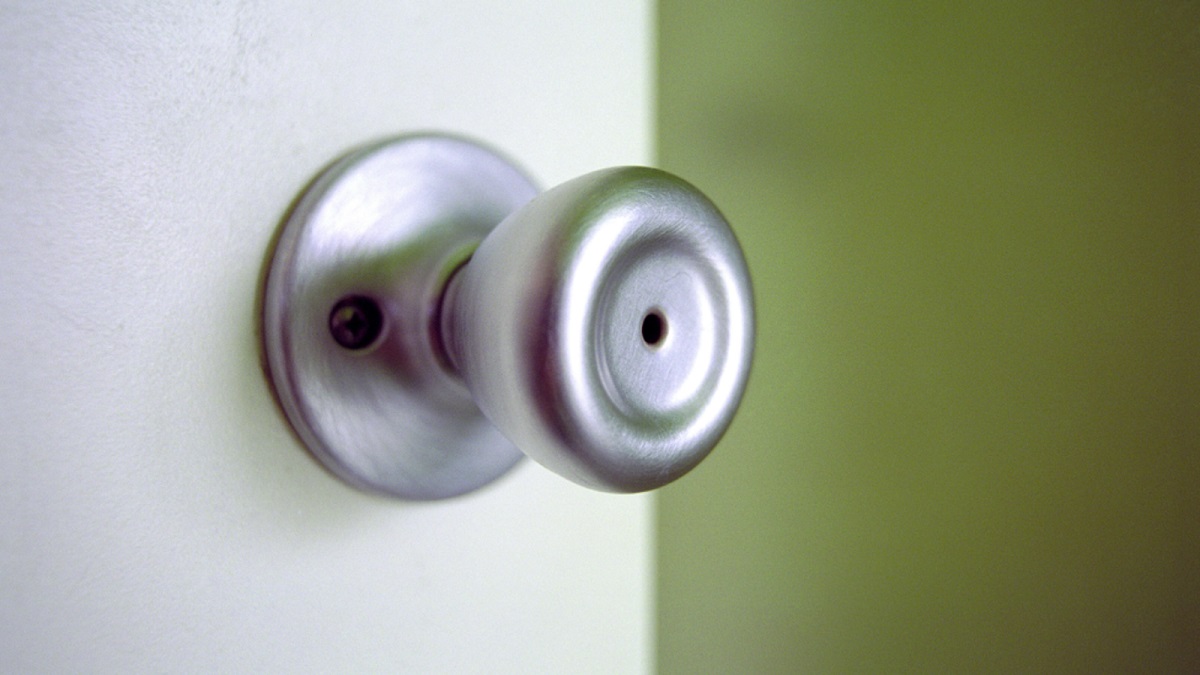

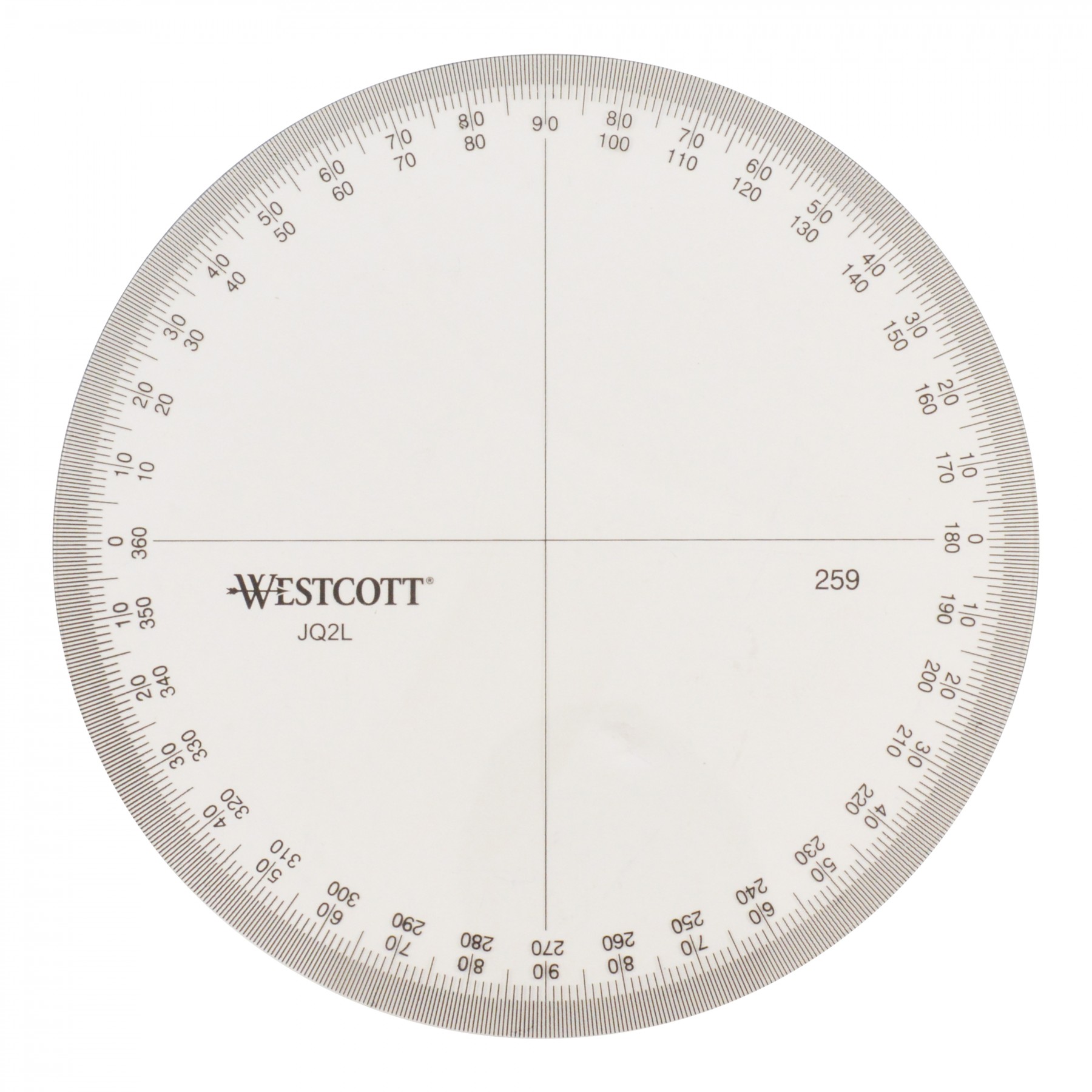
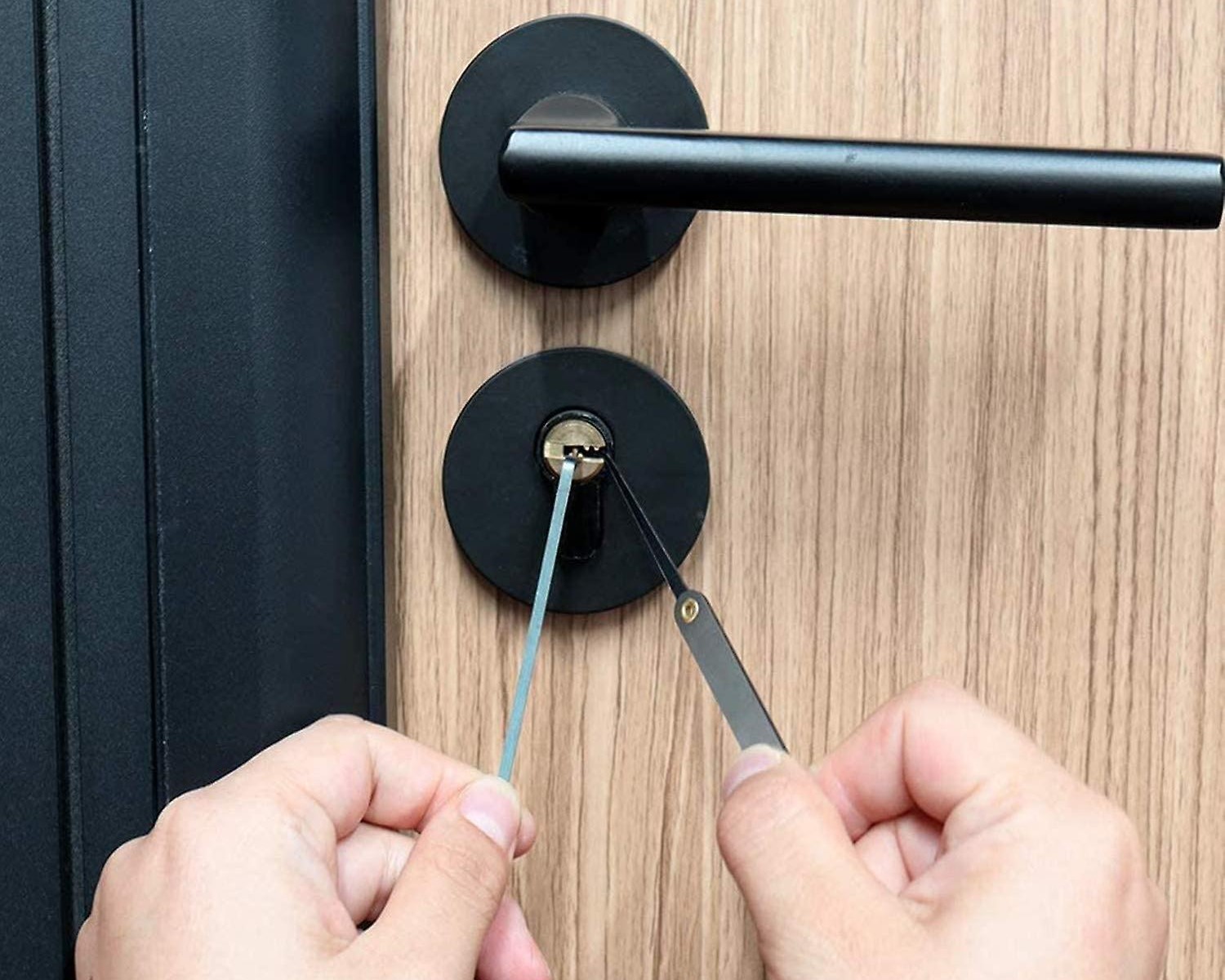
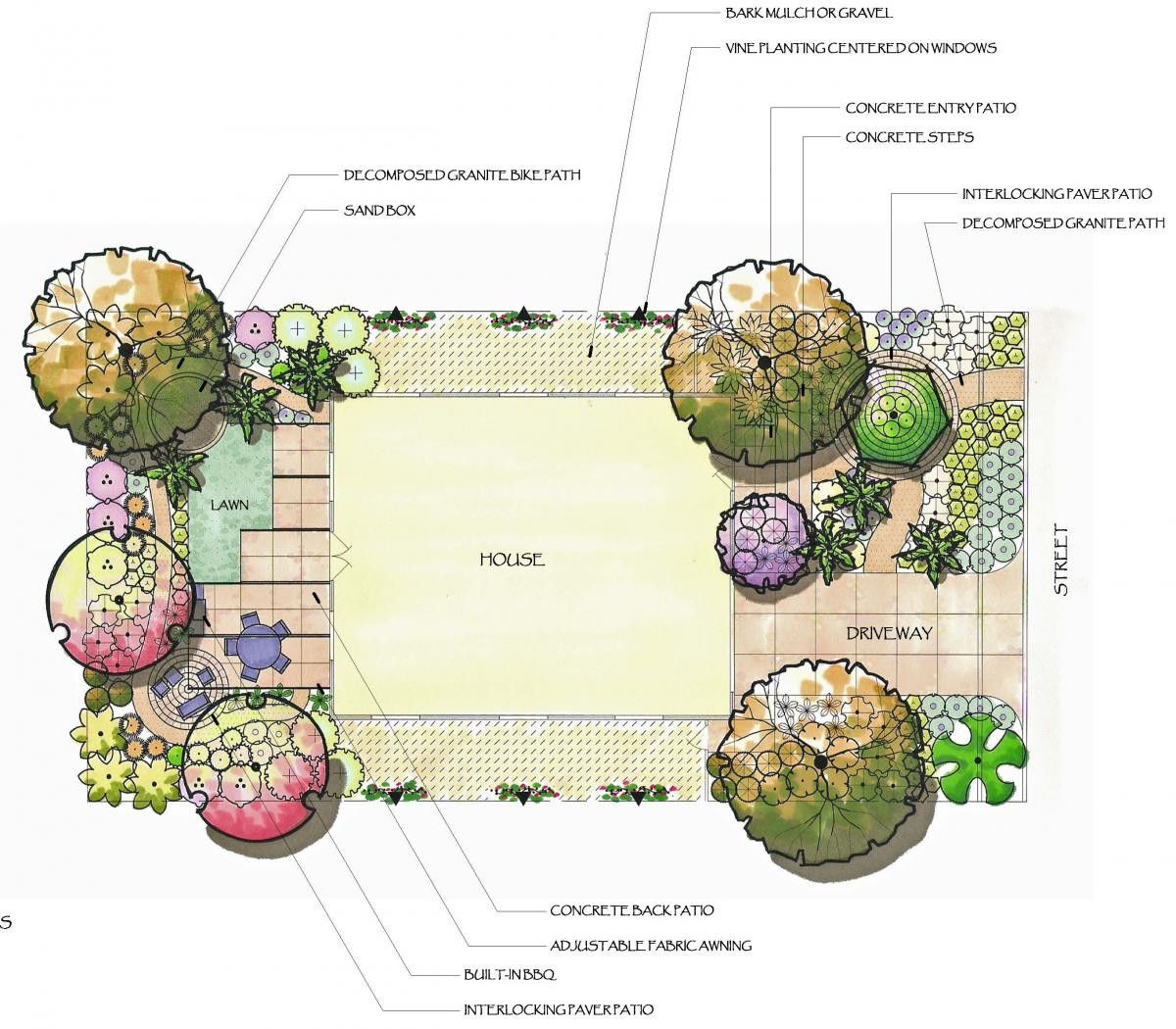
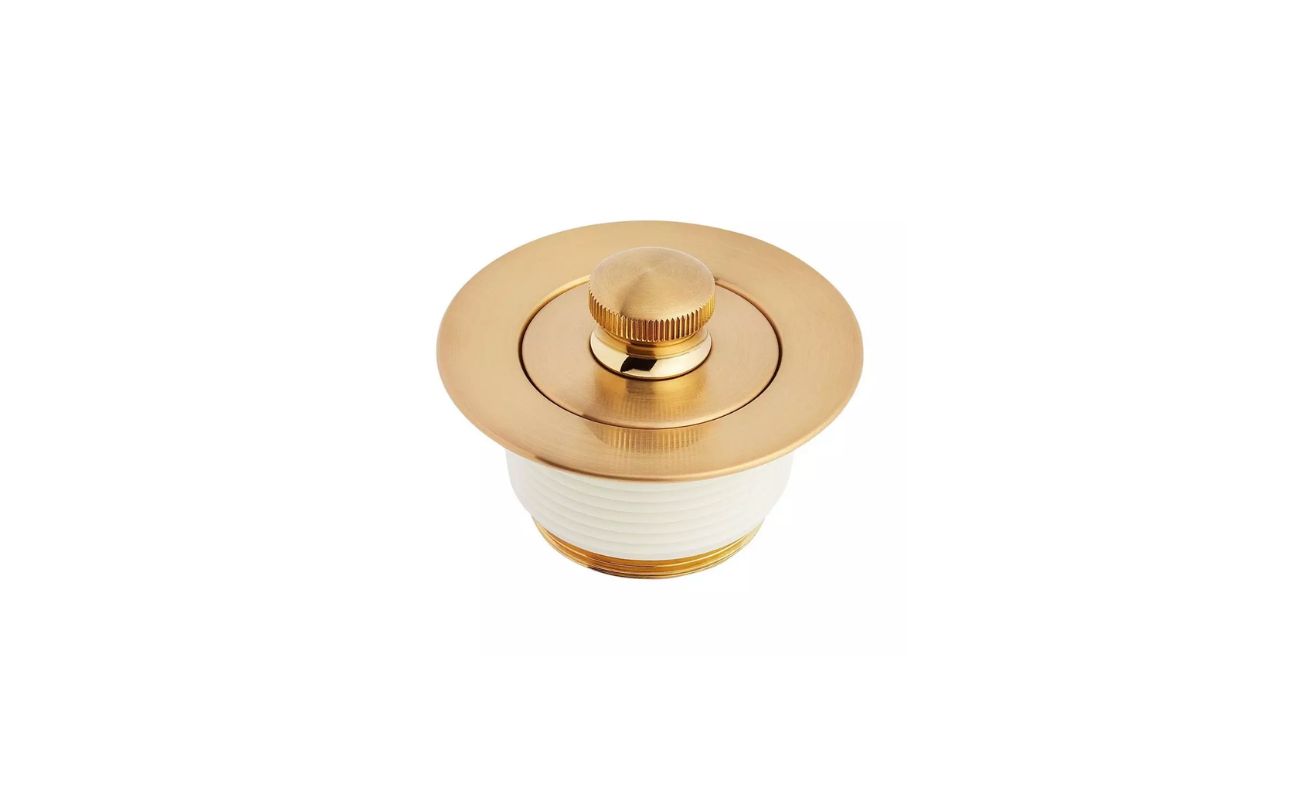


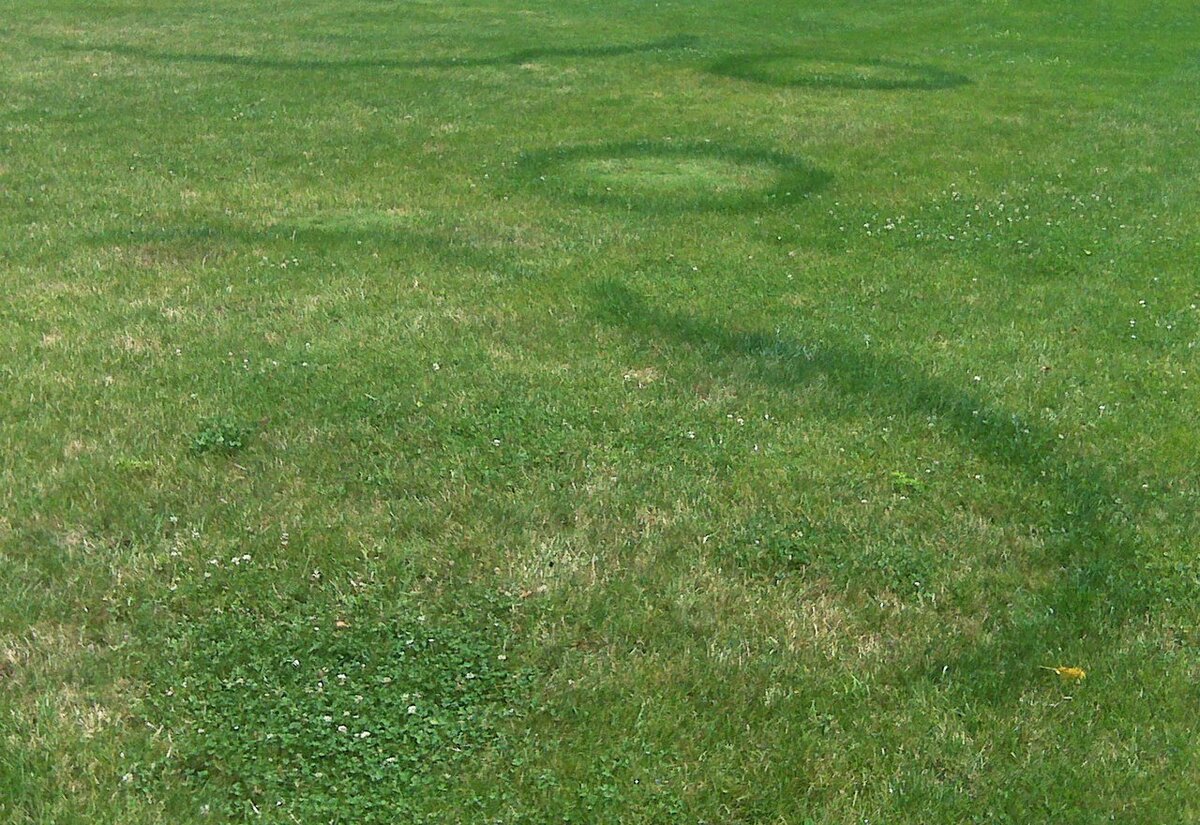

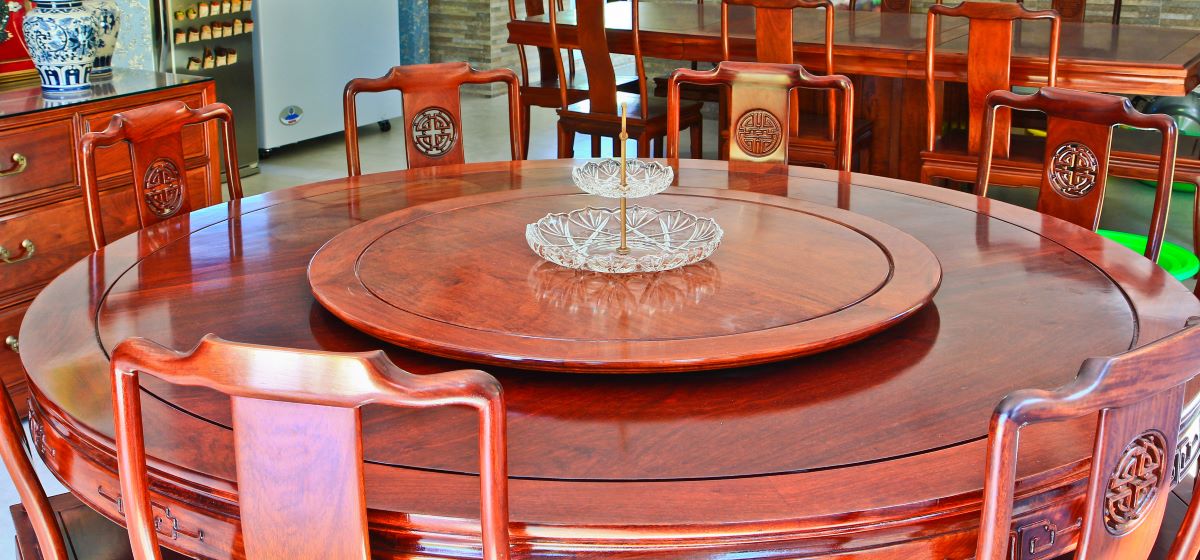

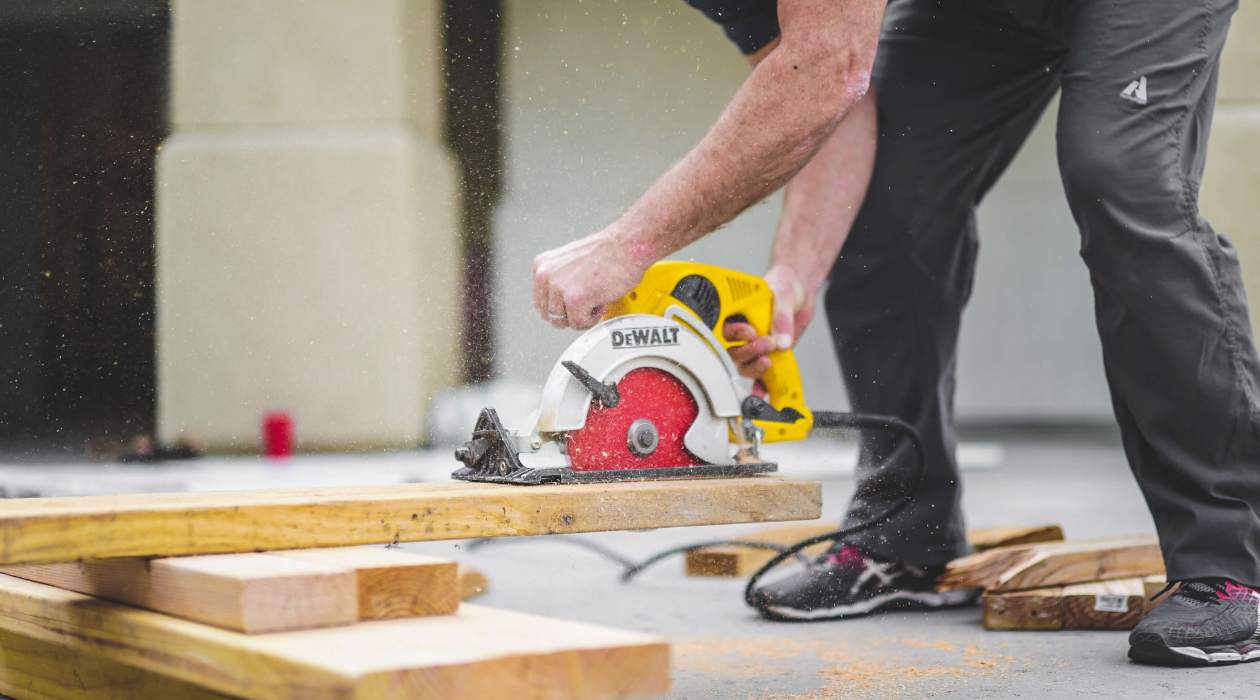
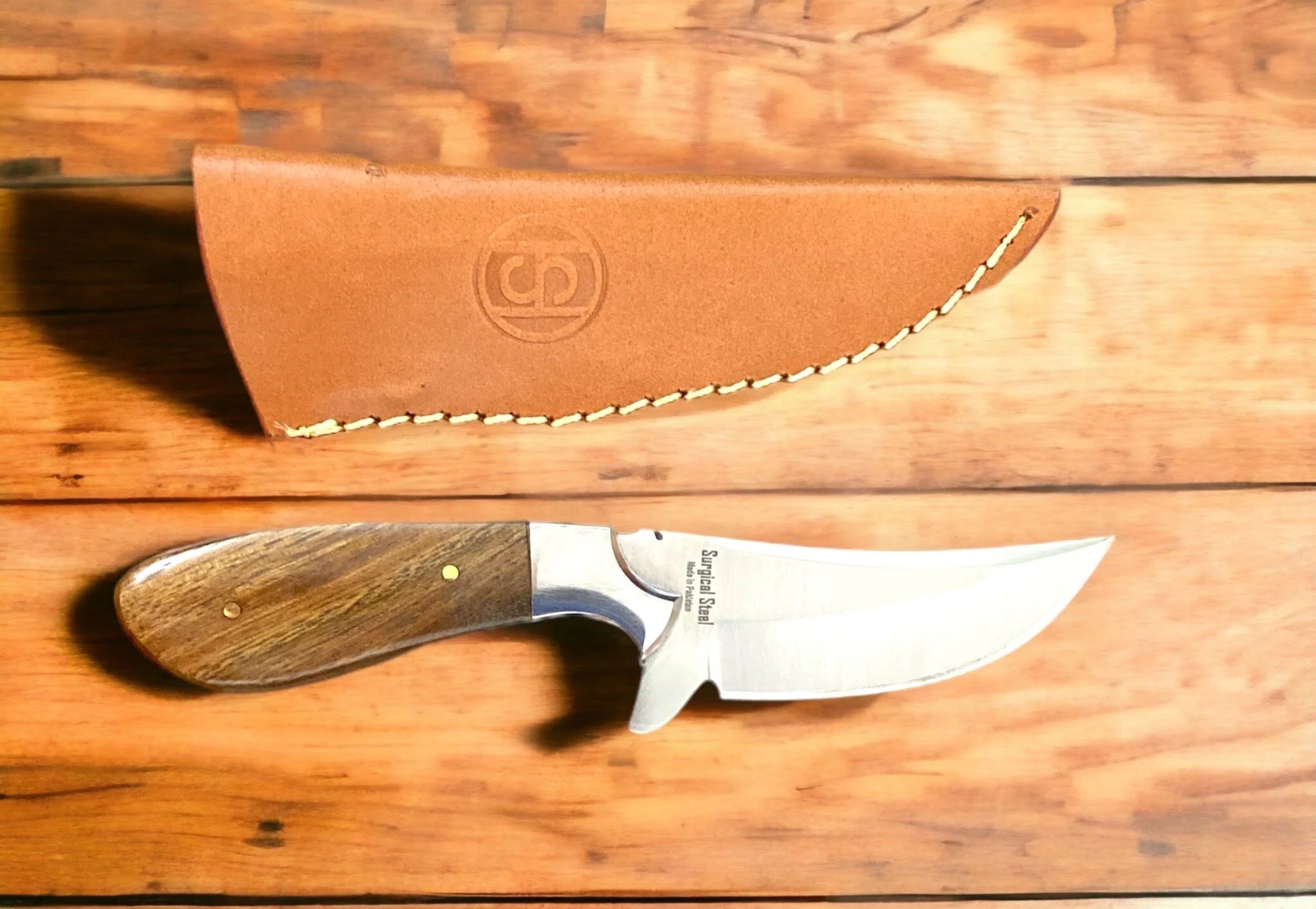

0 thoughts on “How To Find Center Of Circle Woodworking”